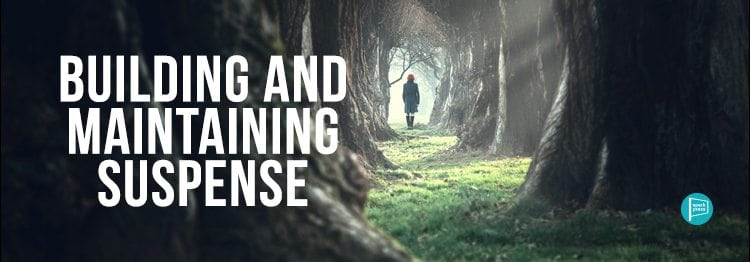
Building and Maintaining Suspense:
Behind the Book with Kelli Clare, Author of Hidden
Imagine you’re on the ride of your life; one of the world’s most thrilling roller coasters. Your car train doesn’t waste any time, immediately maneuvering in a swift manner between multiple tracks, leaving a pretzel-like pattern in its wake. But what’s next?
You’re not sure where you’re headed, but the anticipation builds in your gut. Momentum continues to build as the ride shoots over hills and through tunnels. It slows down as you approach the mountain you knew would come—because they always come—and then your heart thrashes from a sudden shot of adrenaline as the car climbs. When it reaches the top, the car train stops and the front cars dangle over the edge, allowing you one fleeting moment to anticipate the terrifying drop. Oh, God—will you survive the drop? Will your partner survive? Your breath hitches as the cars abruptly fall. You scream. And then it’s over.
Of course you survived, but now you need to catch your breath. Engineers know this, so the car train coasts and weaves smoothly through several hairpin turns and another tunnel. You did it—you made it through the ride in one piece. But wait. Hold on . . . those clever engineers hid something from you. You squeal with delight as the cars accelerate once again and launch into a loop where you find yourself turned upside down and inside out. There. Now you’ve made it to the end. The car train coasts casually to the unloading dock, and you are grinning from ear to ear. You want more.
Suspense is not action, but the promise of what’s to come: an excitement or dread that tells you something is about to happen, a suggestion of looming conflict. It’s the drive that propels a story and its reader forward.
My debut novel Hidden is a romantic thriller, crossing genres by blending narratives: one of death and conspiracy and the other of love. Both narratives are intense, filled with mood and danger, and both command suspense. There’s a fine line to be walked when pulling more than one genre into a single novel, and if balance is missing, the novel can become a convoluted mess and lose the suspense momentum.
Every scene should deliver some level of suspense, and that can often be a challenge when it’s time to give the reader a break to catch her breath. I used scenes that drive the love story in Hidden to give my readers that breather. Even so, the scenes driving the development of the central relationship needed to deliver a little suspense as well. Otherwise, the novel would feel disjointed and confusing.
For instance, what could have easily become a monotonous plane ride across the Atlantic in one of Hidden’s earlier chapters was designed to also provide some suspense to keep the novel’s momentum moving forward. It’s a scene the main characters needed to establish their commitment as a couple, but I couldn’t allow it to consist of nothing more than a boring conversation about relationships. In the spirit of not creating book spoilers, I will just say that I did take a few liberties with the scene to create a dark, gripping situation while still granting readers a reprieve from the preceding chapter’s escalated tension.
I’ve learned the trick to building suspense for any genre is to not pack a scene with detail. This is a case where less really is more. Give away too much, and the suspense is lost because a reader is provided answers instead of questions. What incentive is left to turn the page or start the next chapter? Most readers of fiction are not asking to be educated with complex details, but rather to be entertained. It’s the author’s job to provide an escape from the daily grind of ordinary life, and we do this through allowing readers to share the main character’s state of confusion and anxiety and danger and mystery.
On the other hand, to maintain the momentum, we can’t forget to include rich elements that impact the particular experience of the scene. Those elements might include setting or character reactions. It’s another fine line to be respected, because like extraneous details, obvious mischaracterizations will distract readers and again the suspense would be lost.
In Hidden, setting plays an important role in heightening suspense, lending eerie details from a small town in New England to the foreshadowing process. Nothing cranks up the adrenaline like a desolate pier obscured in fog—there’s promise in that all on its own. . .
Structuring suspense is an important part of building and maintaining it. You’ve probably heard it said over and over that the most effective scenes begin in media res. I’d argue most scenes should also end that way. But what is in media res, really? Technically translated, it simply means in the middle of things. Does that mean every suspense novel scene should begin and end with an abduction, attempted murder, or car chase? Not at all.
What it does mean is that to be captivating, each scene should open and close with some level of conflict. I had the pleasure of learning from a very wise thriller-writing instructor with a knack for imparting this idea much more eloquently, but the gist of his lesson is this: the idea or promise of conflict (i.e., suspense) can be subtle and still very effective, like a provocative thought or emotional distress, for instance. Emotional conflict often delivers the biggest punch for suspense authors … unless, of course, you’re Robert Ludlum or Ian Fleming.
You’re ready to give another amazing roller coaster a shot, right? Go ahead, get in line—we know the suspense is killing you.

Leave A Comment